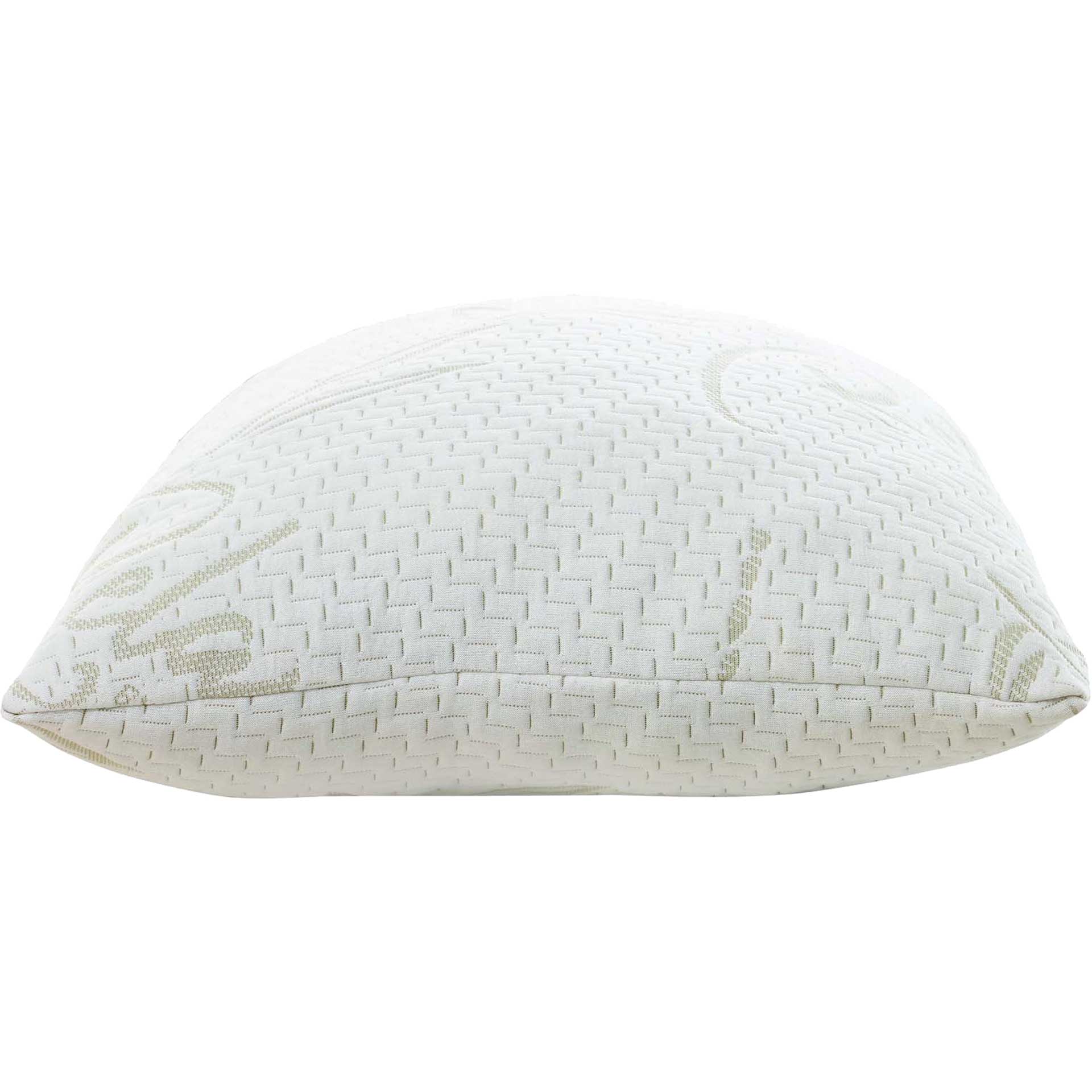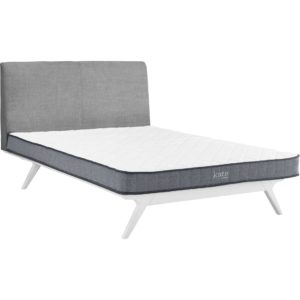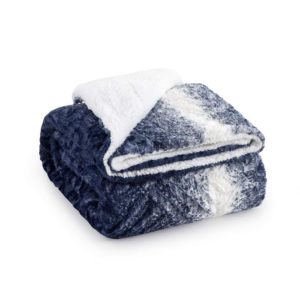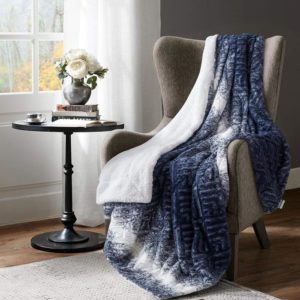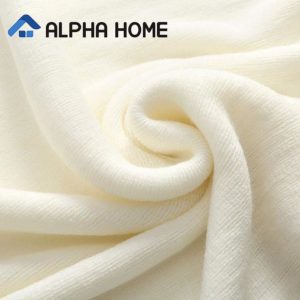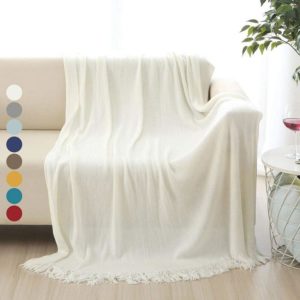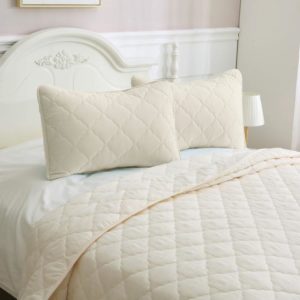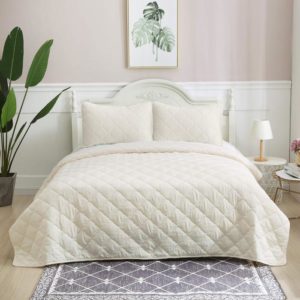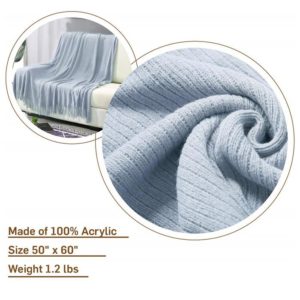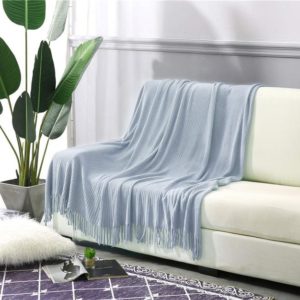Ronald Standard Size Pillow White – A mattress is a big, usually rectangular pad for supporting a lying particular person. It is designed for use as a bed, or on a bed frame as a part of a bed.
Ronald Standard Size Pillow White
Mattresses might encompass a quilted or equally fixed case, often of heavy fabric, containing materials similar to hair, straw, cotton, foam rubber, or a framework of metal springs. Mattresses can also be crammed with air or water.
| Ronald Standard Size Pillow White | |
|---|---|
 |
|
| Category: Bedroom | Type: Mattress |
| View More Images And Specifications | |
Mattresses are often placed on top of a bed base which can be strong, as in the case of a platform bed, or elastic, resembling an upholstered wood and wire field spring or a slatted foundation. Popular in Europe, a divan incorporates each mattress and foundation in a single upholstered, footed unit.
Divans have at the very least one innerspring layer as well as cushioning supplies. They may be equipped with a secondary mattress or a detachable “topper”. Mattresses may be full of air or water, or a variety of natural fibers, comparable to in futons. Kapok is a standard mattress material in Southeast Asia and coir in South Asia.
Mattresses are sometimes made to adapt to bed sizing requirements that fluctuate by market. The size of the mattress varies between nationwide requirements in width and top and depth. Many countries use non-numeric labels similar to “King”, “Queen”, “Double”, “Full” or “Single” to characterize these dimensions.
Foam mattress
All-foam mattresses use different weights and densities of petrochemical-based flexible polyurethane foams and viscoelastic foams or memory foam, and latex rubber foams. Numerous mattress manufacturers have included polyurethane and visco-elastic foams with a portion of plant-based content. All-foam mattresses are often paired with platform bases.
Bladder mattresses
Mattresses may also be constituted of bladders of some fluid, notably water or air. These date to antiquity – goatskin bladders stuffed with water had been utilized in Persia at the least as early as 3600 BCE – and gained increased reputation in the twentieth century with improved manufacturing.


